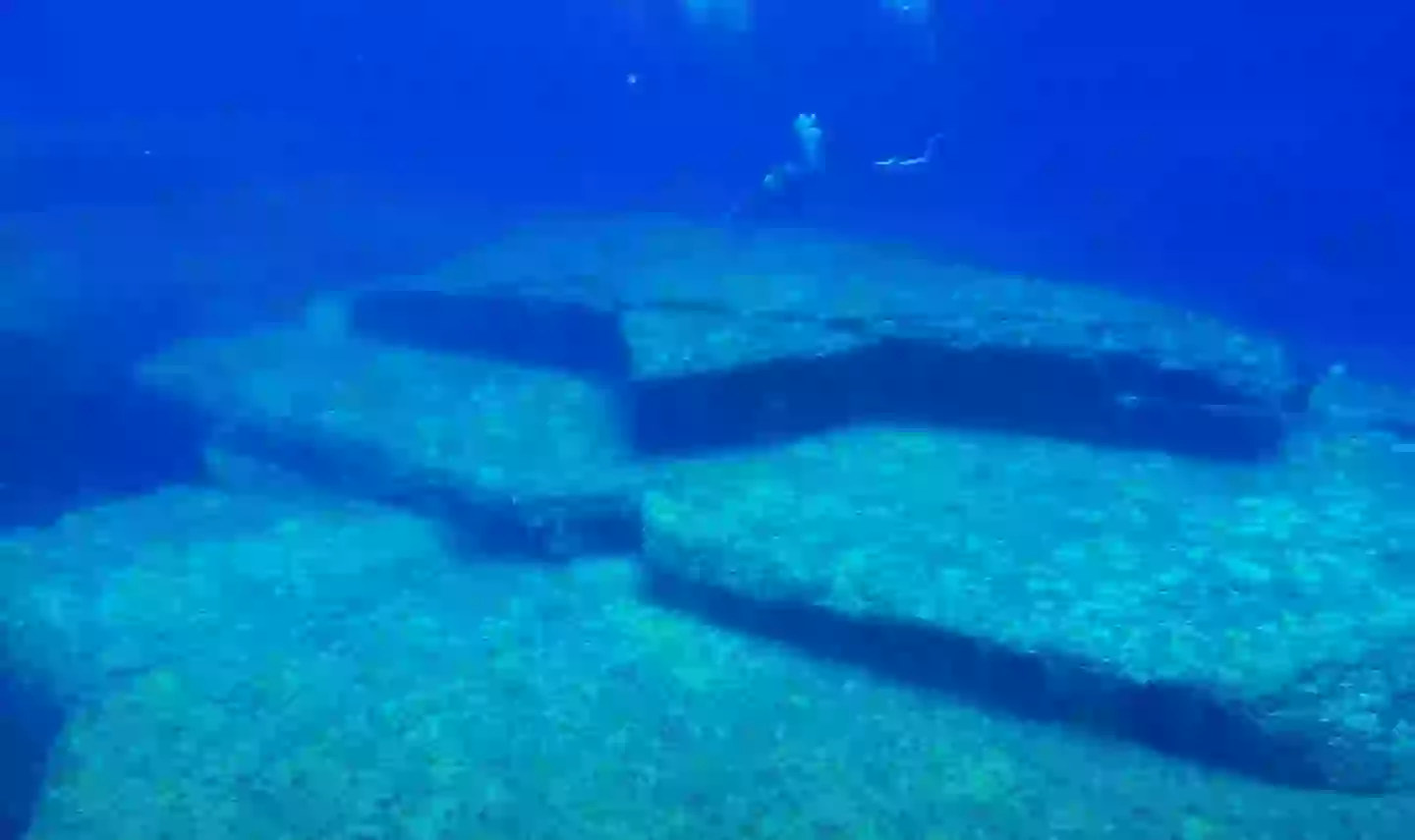Across the world, numerous unsolved mysteries remain, one of which is the Yonaguni Monument.
This structure, resembling a pyramid, is submerged 25 meters under the sea near Japan.
The monument is named after the Japanese island of Yonaguni, where it was initially discovered in 1987.
Diver Kihachiro Aratake happened upon these ruins purely by chance.
“I was very emotional when I found it,” Aratake previously shared with the BBC regarding his significant find.
“Upon discovering it, I realized that this would become a treasure of Yonaguni island. I kept it a secret. I didn’t tell anyone on my staff.”
However, the secret was short-lived as scientists quickly moved in to explore the enigmatic structure.
Experts estimate the monument to be approximately 10,000 years old. This has puzzled researchers since the structure shows signs of being man-made, featuring what appear to be steps and flat terraces.
Some propose that the Yonaguni Monument, often called ‘Japan’s Atlantis,’ predates both the Egyptian pyramids and Stonehenge.
According to English Heritage, the pyramids date back around 4,500 years, while Stonehenge was constructed about 5,000 years ago.
Archaeologists are divided over the age of the Japanese structure and whether it is man-made.

An episode of The Joe Rogan Experience in 2024 featured a debate between Graham Hancock and archaeologist Flint Dibble on this topic.
“I’ve seen a lot of crazy natural stuff and I see nothing here that to me reminds me of human architecture,” Dibble contended.
Hancock countered: “To me, Flint, it’s stunning that you see that as a totally natural thing, but I guess we’ve just got very different eyes.”
He further remarked, as reported by the New York Post: “If this really was built by a mysterious civilization more than 10,000 years ago, it would place Yonaguni in the same league as Göbekli Tepe in Turkey – one of the oldest known man-made structures, dated to around 9500 BC.”
Japanese marine geologist Masaaki Kimura supports Hancock’s view that the monument wasn’t naturally formed and suggests it could be among the oldest man-made structures known.
In 2007, Kimura proposed that the monument dates back 6,000 years.
Initially, like Dibble, Kimura believed the pyramid was naturally formed, but upon closer inspection, he reconsidered.
“I think it’s very difficult to explain away their origin as being purely natural, because of the vast amount of evidence of man’s influence on the structures,” he stated, according to National Geographic.
The enigma persists…

